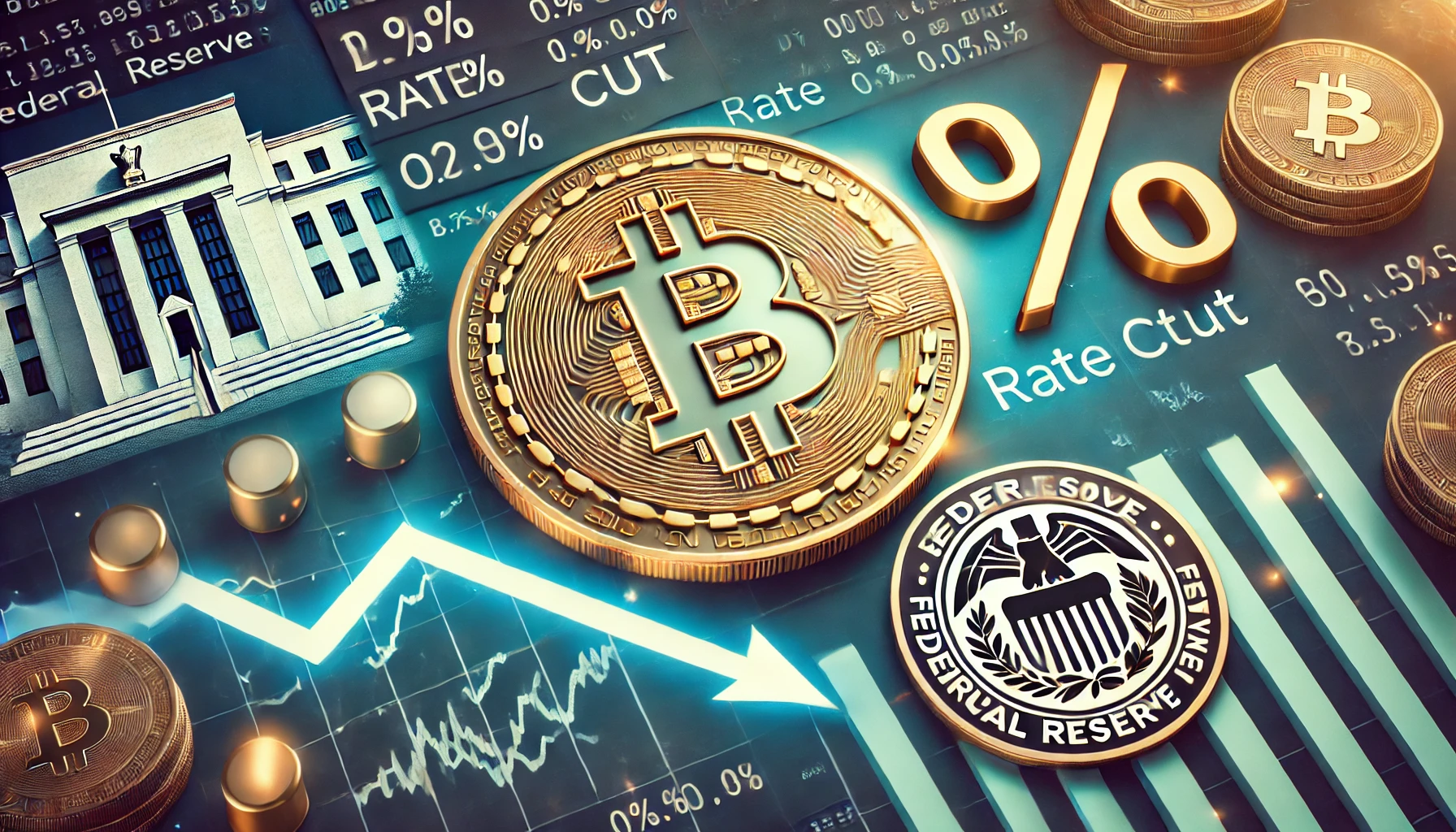Bitcoin, the world’s largest cryptocurrency, has only gone through one interest rate cut cycle in its history. So, what happened during that period?
Steno Research emphasizes that Bitcoin has had limited exposure to U.S. interest rate cut cycles, having only experienced one such event, which began in 2019.
During this period, Bitcoin declined by around 15% between the Federal Reserve’s first rate cut in August and the 75-basis-point reduction at the end of November. Bitcoin found its bottom during the COVID-19 pandemic in March 2020, when aggressive monetary stimulus was introduced, after which it began its rapid rise.
Steno Research noted that the next Federal Open Market Committee (FOMC) meeting is scheduled for September 18, and it is expected that this could mark the first U.S. rate cut of the current cycle. Market predictions suggest the Fed will likely reduce interest rates by at least 25 basis points, with a 54% chance of this happening. However, after a higher-than-expected Consumer Price Index (CPI) report, there is only a 46% chance of a 50-basis-point cut, which Steno Research deems less likely.

The Importance of U.S. Interest Rates for Crypto Markets
U.S. interest rates are crucial for the crypto market because they influence investors’ risk tolerance. Steno Research explained, “If the Fed’s interest rate is at 5%, very few people will consider investing in digital assets unless they expect significantly higher returns due to the substantial risks involved with crypto.”
Their Principal Component Analysis (PCA) model indicates that rising global yields tend to negatively impact Bitcoin and Ethereum prices. However, lower interest rates usually boost the performance of U.S. stocks and corporate credit, indirectly benefiting the crypto market as well.
For more insights on how the crypto market could be affected by the next rate cut, follow Deythere.
Bitcoin rate cut history, FOMC meeting Bitcoin, interest rates and crypto, Bitcoin and Ethereum analysis, Deythere



















































































































